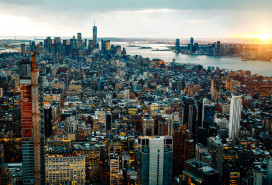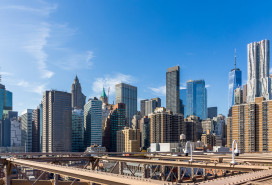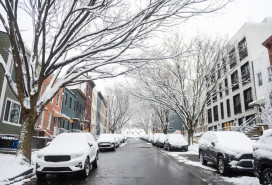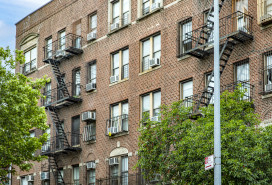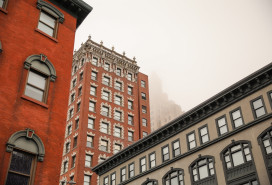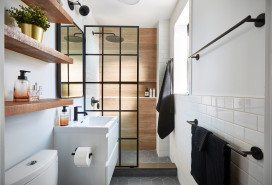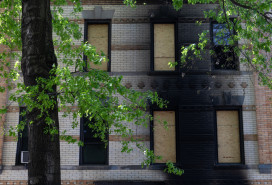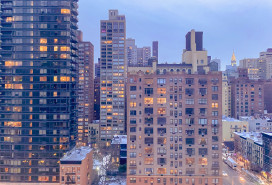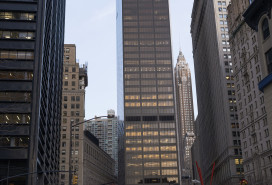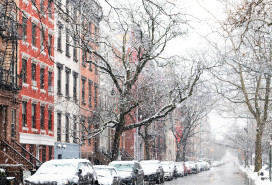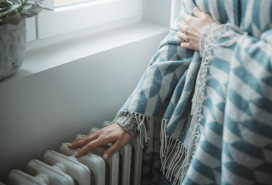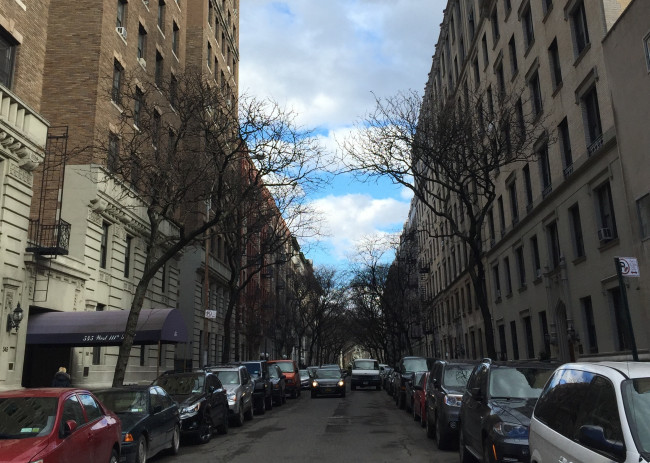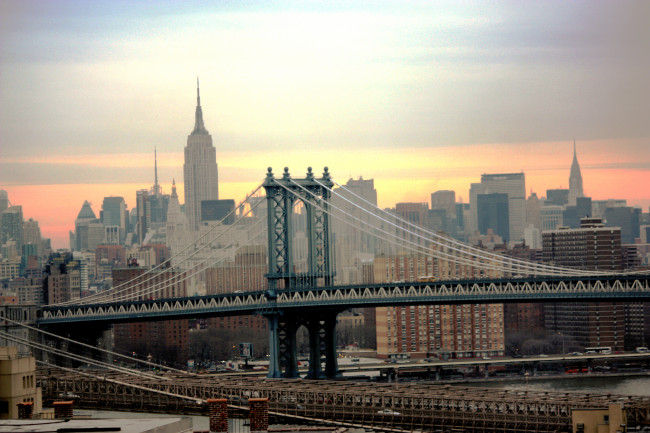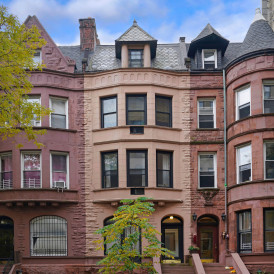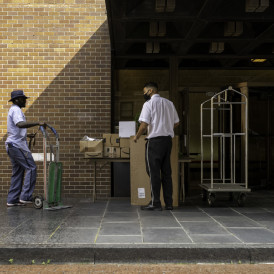Another study confirms: Renting is increasingly unaffordable in NYC (and across the country)
It's no secret that rents are ridiculously high in NYC. According to a StreetEasy report published in April, New Yorkers are bearing a greater rent burden than ever, devoting an average 65.2 percent of their incomes to paying the rent. (Many experts recommend spending no more than 30 percent of your monthly salary on housing.)
It's not just in NYC that people are feeling squeezed when it comes to rental payments. CityLab reports that nationwide, over 11 million Americans are losing at least half their salaries to rent. Now, a new study from the Journal of Regional Science, written by Denise DiPasquale and Michael Murray, poses some answers as to how this shift has occurred.
New York City has never been cheap, necessarily, but from about 1930 to 1970, renting here was much easier. Real estate appraiser Jonathan Miller shares a graph in this Curbed article that reveals that average rents in NYC stayed relatively flat from the 1910s to the 1950s, with smallish jumps in the 60s and 70s. Then, from 1970 to 1980, rents suddenly skyrocketed from an average of $335 per month to $1,700.
Since then, New Yorkers have seen their monthly rents continue to soar upward. At the same time, incomes have stagnated; according to the Pew Research Center, the average hourly wage of 2014 had about the same purchasing power as it did in 1979. It's harder than ever, then, to make those sky-high rent payments, and Americans have less money left over for pretty much everything else.
So what changed in the 70s? The study's authors conclude that there's one primary factor behind the rent squeeze: rental units are getting bigger. The median rental size increased from 1,245 to 1,301 square feet over 26 years, and more square footage naturally means higher rent.
Furthermore, rentals in new developments now come with costly appliances and features like dishwashers, washers and dryers, and central air far more frequently than they used to, which further ups costs. (In 1985, for example, only 25.9 percent of rental units had central air; now 53.1 percent do.)
Remember, though, that this study looks at countrywide trends, and NYC is its own animal. (The study's authors declined to comment on how their findings speak to NYC specifically.) Millennials are flocking to big cities like New York, writes NPR, and the growing population's demand for housing drives rental prices higher.
Ballooning square footage may be a factor elsewhere, but as this Business Insider report reveals, as rents increase, the footprints of New York City apartments are actually decreasing. Micro-apartments are becoming more popular, but even these tiny spaces rent for an average of $2,600 per month in Manhattan.
How, then, are New Yorkers to respond to the increasing rent pressue? The Business Insider report suggests two classic methods: head to the outer boroughs, or find yourself some roommates.
You Might Also Like

